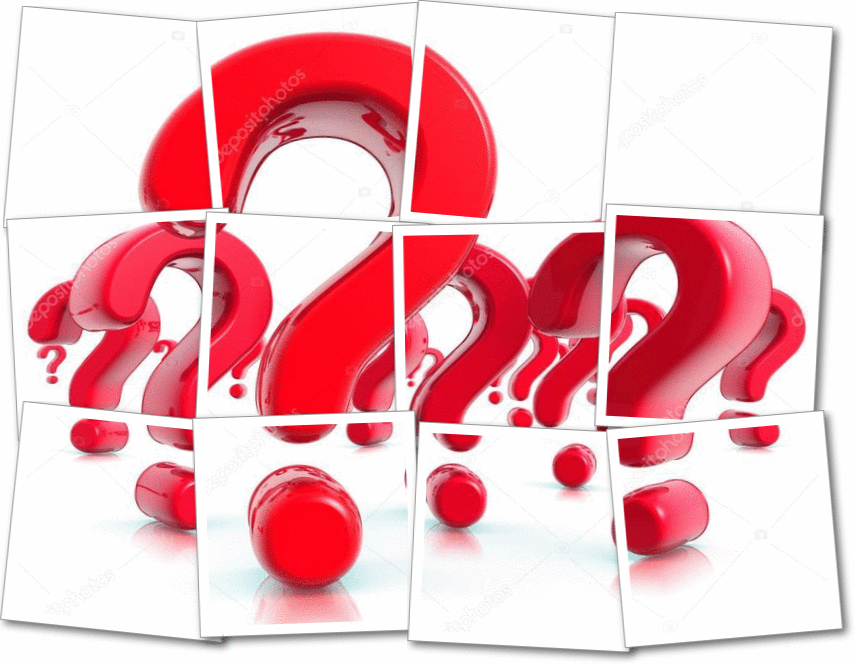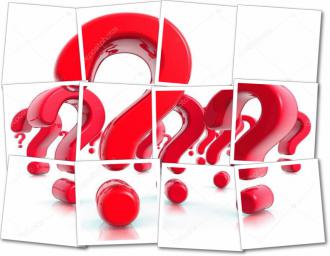
Talking Frog
A guy is 86 years old and loves to fish. He was sitting in his boat the other day when he heard a voice say,
"Pick me up."
He looked around and couldn't see any one. He thought he was dreaming when he heard the voice say again,
"Pick me up." He looked in the water and there, floating on the top was a frog.
The man said, "Are you talking to me?"
The frog said, "Yes, I'm talking to you. Pick me up.
Then, kiss me and I'll turn into the most beautiful woman you have ever seen.
I'll make sure that all your friends are envious and jealous because you will have me as your bride."
The man looked at the frog for a short time, reached over, picked it up carefully, and placed it in his front breast pocket.
Then the frog said, "What, are you nuts? Didn't you hear what I said?
I said kiss me and I will be your beautiful bride."
He opened his pocket, looked at the frog and said,
"Nah, at my age I'd rather have a talking frog."

